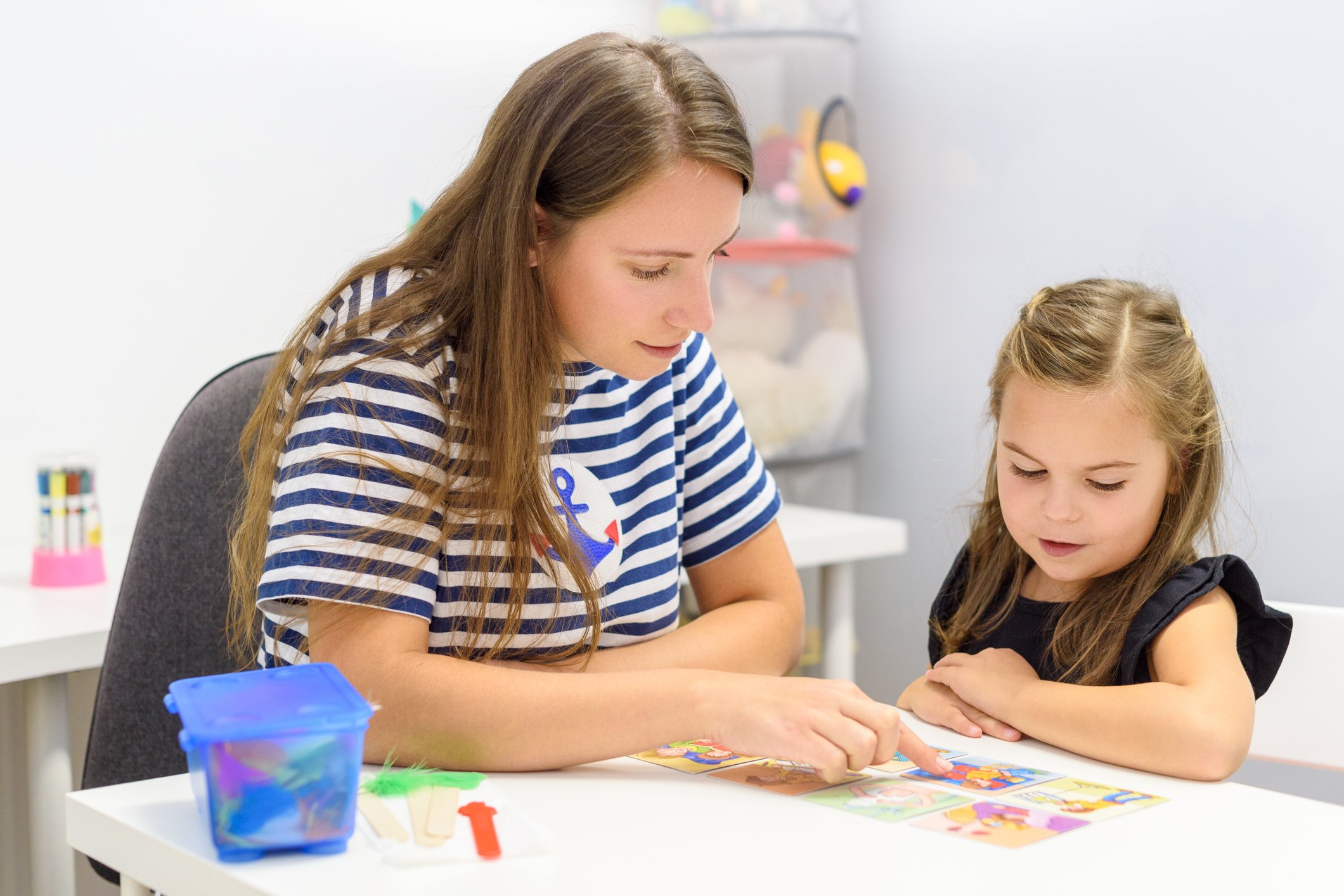Ramsdell Speech Pathology is ready to help with personalized speech therapy for your child that is both fun and functional. Here is more information about my areas of specialty.
Speech Sound Disorders
Articulation or speech sound production
Phonology
Phonological processes are like shortcuts our brains take when we're learning to talk. Sometimes, instead of saying a whole word exactly right, we use simpler sounds or change the order of sounds. For example, saying 'wabbit' instead of 'rabbit' or 'tat' instead of 'cat.' These processes are normal as kids learn to talk, but as they get older, they should start using the correct sounds more often.
Childhood Apraxia of Speech (CAS)
Language
Speech and language therapy designed to increase receptive and expressive language skills in the areas of:
following directions
language comprehension
social skills
oral communication
vocabulary skills
grammar
Literacy
Science of Reading aligned intervention which includes the foundational skills needed for reading which include:
being able to hear and understand the sounds in words and how they work together when you talk or read.
letter-sound awareness
word reading
vocabulary development
reading comprehension skills
Specialized Trainings
Orton-Gillingham (OG)
A structured, multisensory, and sequential approach to teaching literacy that breaks down reading and spelling into smaller tasks and builds on them over time. It's often used to help people with dyslexia and other difficulties with reading, writing, and spelling.
Lindamood Phoneme Sequencing Program for Reading, Spelling, and Speech (LiPS)
A multi-sensory program that teaches the child to discover and label oral motor movements of phonemes. Through this program, a child can improve their ability to identify sounds in words, blend, and segment sounds and syllables to improve their decoding skills. This program simultaneously enhances phonological awareness, reading, writing, and articulation skills.
Visualizing and Verbalizing (V+V)
Visualizing and Verbalizing is another Lindamood-Bell program that helps teach children to develop concept imagery (the ability to create an image in their head from language). This program helps children with both reading and listening comprehension, memory, vocabulary, critical thinking, and writing skills.
Childhood Apraxia of Speech: Treatment approaches and strategies
Childhood Apraxia of Speech is a motor speech disorder that makes it difficult for children to plan the movement of body parts (i.e. lips, tongue, and jaw) in order to produce sounds, syllables, and words. Children with this disorder often have difficulty making progress with typical articulation therapy methods. This method utilizes a multi-sensory approach using visual and tactile cueing to improve the success of treatment for children with motor planning difficulties. In summary, a well-qualified clinician combines their knowledge of CAS with their knowledge of each individual child in designing treatment plans. The clinician understands the principles of motor learning and uses this knowledge to guide treatment decisions and the choice of techniques to use in order to facilitate speech motor learning for a child.
Dyslexia: Improving language-related challenges and teaching strategies to improve communication skills
Dyslexia is a learning disability that affects a person's ability to read and process language. It's caused by differences in the parts of the brain that process language, and can make it difficult to identify speech sounds and relate them to letters and words. Speech therapy is often an integral part of a comprehensive approach to dyslexia intervention. While speech therapy cannot cure dyslexia, it can address specific language-related challenges and provide strategies to improve communication skills.






